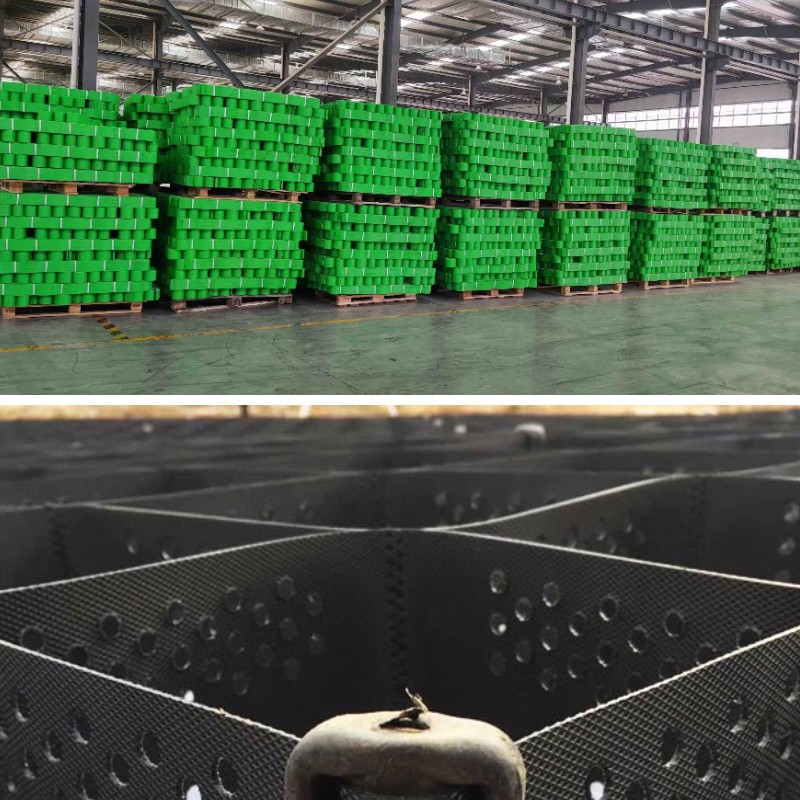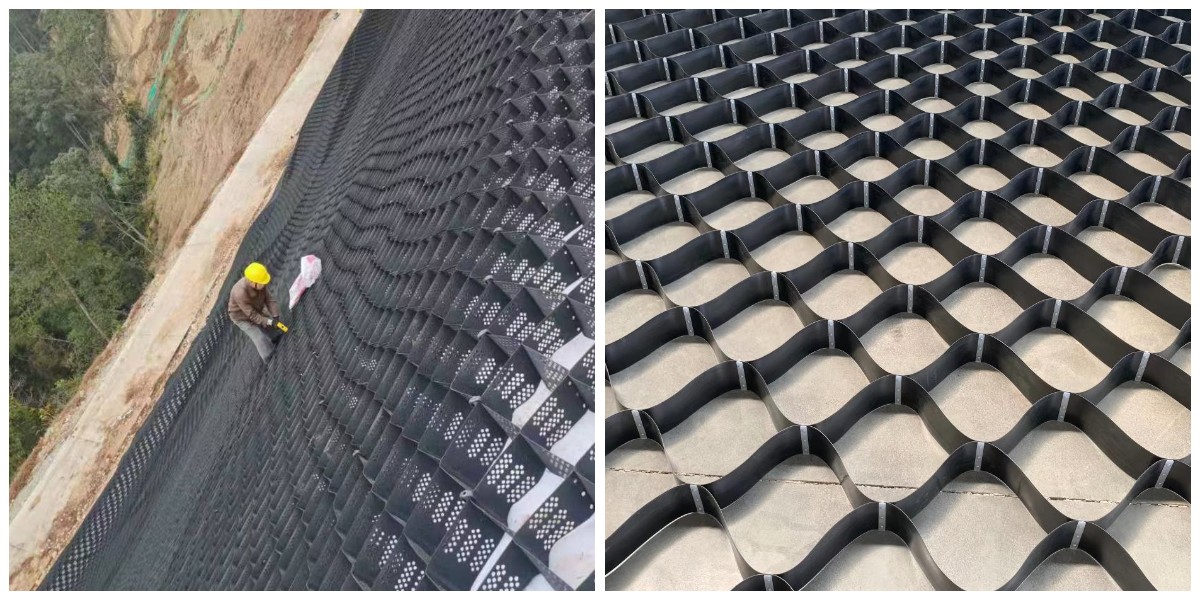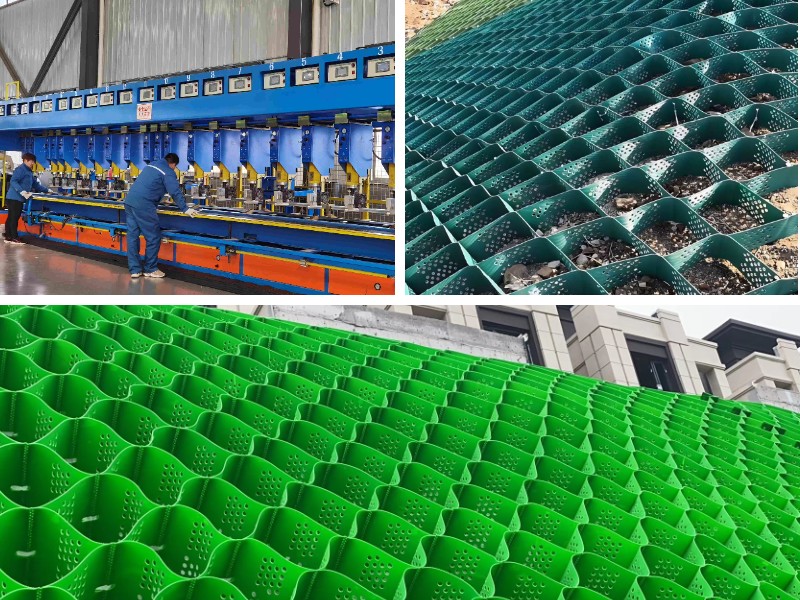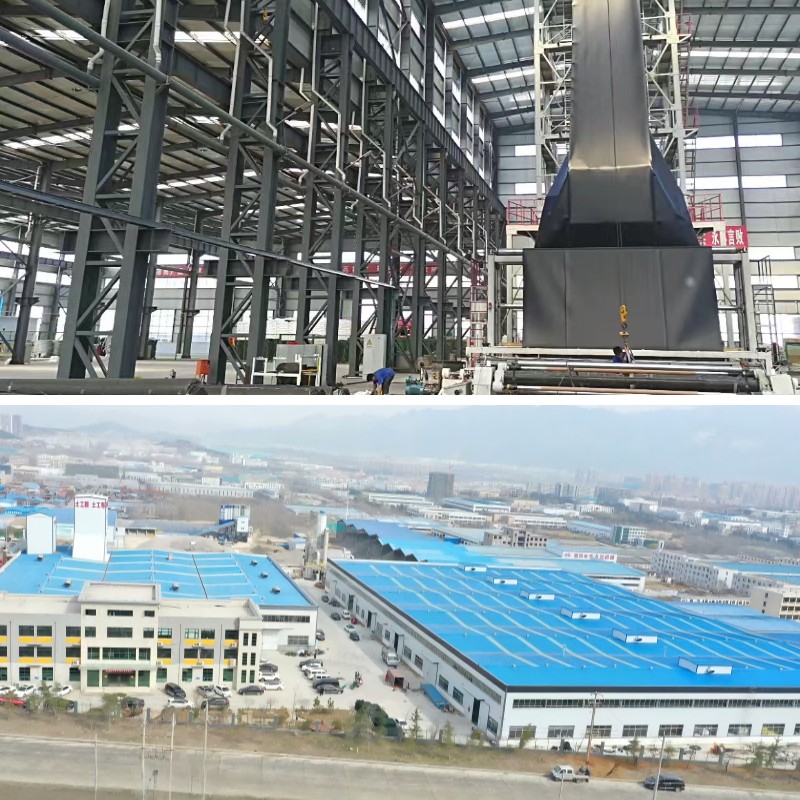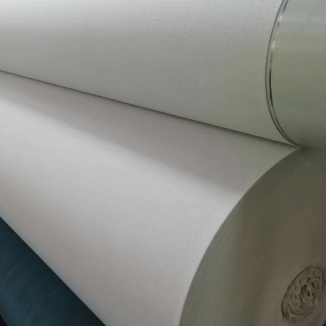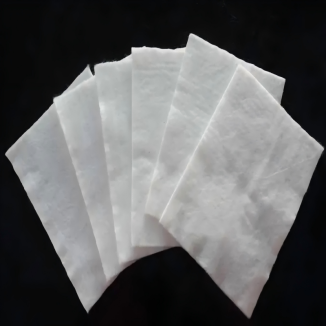Geocell vs. Geogrid vs. Geotextile: Understanding the Differences
When tackling construction, civil engineering, or landscaping projects, floor stabilization and soil reinforcement are frequently crucial to success. This is the place geosynthetics come into play. Among the most famous and wonderful options are Geocell, Geogrid, and Geotextile. While their names sound similar, they feature in especially specific ways.
Choosing the incorrect fabric can lead to mission failure, whilst the proper desire ensures longevity, stability, and cost-efficiency. This complete information will ruin down the key variations between Geocell, Geogrid, and Geotextile, assisting you make an knowledgeable choice for your subsequent venture.
What Are Geosynthetics? A Quick Overview
Before diving into the specifics, it is useful to apprehend the class these merchandise belong to. Geosynthetics are artificial merchandise used to remedy civil and environmental engineering challenges inside the ground. Their main features encompass separation, filtration, reinforcement, drainage, and containment. The Geocell, the Geogrid, and the Geotextile are three pillars of this family, every engineered for a special set of tasks.
Deep Dive: Geotextile - The Separator and Filter
A Geotextile is a permeable fabric, generally made from polypropylene or polyester. When you think about a strong, long lasting fabric laid on or inside the soil, you're picturing a Geotextile. Its major roles are separation, filtration, drainage, and protection.
Key Functions and Applications:
●Separation: A Geotextile is frequently positioned between two diverse soil materials, such as a secure subgrade and an combination base layer for a road. It prevents the substances from mixing, which preserves the power and drainage potential of the aggregate. Without this separation, the avenue would fail prematurely.
●Filtration: In drainage applications, a Geotextile wraps round drainage pipes or stone. It lets in water to ignore thru freely whilst stopping quality soil particles from migrating and clogging the system.
●Reinforcement: While no longer its principal strength, some thick, non-woven Geotextile merchandise do provide constrained soil reinforcement via confinement.
In short, assume of a Geotextile as a sophisticated filter material that continues matters aside and lets water through.
Deep Dive: Geogrid - The Tensile Reinforcer
A Geogrid is a geosynthetic characterised via a very open, grid-like shape of integrally linked ribs. Its principal reason is no longer filtration however tensile reinforcement. The open apertures enable soil particles to strike through, growing a sturdy mechanical bond between the Geogrid and the surrounding soil or aggregate.
Key Functions and Applications:
●Soil Reinforcement: A Geogrid is used to create a stable, strengthened mass inside steepened slopes, protecting walls, and embankments. It distributes tensile forces, permitting for the building of near-vertical buildings that would in any other case collapse.
●Base Reinforcement: In street and pavement building on susceptible subgrades, a Geogrid is positioned inside the base combination layer. It interlocks with the aggregate, correctly growing a stiffened platform that distributes hundreds over a wider area, decreasing rutting and extending the pavement's life.
In essence, a Geogrid acts like the rebar in concrete, imparting indispensable tensile energy to the soil.
Deep Dive: Geocell - The 3D Confinement System
A Geocell is a three-dimensional, honeycomb-like shape made from strips of polymer sheet welded together. When increased on-site, it varieties a flexible, interconnected internet of cells. These cells are then crammed with soil, aggregate, or concrete.
Key Functions and Applications:
●Confinement: This is the core characteristic of a Geocell. The mobile partitions supply all-around confinement to the infill material, stopping it from shifting laterally below load. This dramatically will increase the stiffness and load-bearing ability of the infill.
●Erosion Control: On slopes and channels, a Geocell gadget crammed with topsoil and vegetation creates a robust, mat-like shape that resists water drift and protects in opposition to floor erosion.
●Load Support: For heavy-duty purposes like get admission to roads, building platforms, and earth retention, the Geocell gadget creates a "floating mattress" effect, correctly distributing masses and stopping failure on even very tender soils.
Think of a Geocell as a 3D mattress that locks fabric in place, developing a effective composite machine with the infill.
Head-to-Head Comparison: Choosing the Right Tool
Now that we apprehend every product individually, let's examine them directly. The preference between a Geocell, a Geogrid, and a Geotextile boils down to the predominant trouble you want to solve.
When to Use a Geotextile:Your Goal: Separation, Filtration, Drainage.
Typical Scenarios:
●Underneath a street base or parking lot to stop subsoil contamination.
●Wrapping a French drain or mixture drainage trench.
●As a protecting layer beneath a geomembrane liner.
It is now not the great preference for supplying widespread tensile power or for stabilizing floor erosion on slopes.
When to Use a Geogrid:Your Goal: Tensile Reinforcement.
Typical Scenarios:
●Constructing automatically stabilized earth (MSE) protecting walls.
●Reinforcing steep soil slopes.
●Improving the structural ability of paved and unpaved roads over tender ground.
It is now not the exceptional preference for separation, filtration, or for presenting floor erosion control.
When to Use a Geocell:Your Goal: 3D Confinement and Load Distribution.
Typical Scenarios:
●Creating secure working systems on very soft, susceptible soils (e.g., for building access).
●Protecting slopes and channel beds from water erosion.
●Building earth retention constructions the place a vertical or near-vertical face is needed.
It is now not the exceptional preference for easy separation or filtration tasks.
Can They Be Used Together?
Absolutely. In fact, many complicated initiatives gain from a blended system. A frequent instance is the usage of a Geotextile for separation and filtration below a Geocell or Geogrid reinforcement layer. The Geotextile prevents the underlying smooth soil from pumping up into the bolstered layer, whilst the Geogrid or Geocell presents the fundamental structural strength.
Conclusion: Function Dictates Choice
Understanding the vital distinction between these three geosynthetics is the key to assignment success.Use a Geotextile when you want to separate layers or filter water.Use a Geogrid when you want to add tensile power to the soil.Use a Geocell when you want 3D confinement to create a stiff, load-distributing platform or to manipulate erosion.
By matching the material's core characteristic to your project's major challenge, you can make sure a stable, durable, and within your means outcome. For complicated sites, consulting with a geotechnical engineer is constantly encouraged to plan an most effective answer that can also contain a single Geotextile, Geogrid, or Geocell, or a effective mixture of all three.
Contact Us
Company Name: Shandong Chuangwei New Materials Co., LTD
Contact Person :Jaden Sylvan
Contact Number :+86 19305485668
WhatsApp:+86 19305485668
Enterprise Email: cggeosynthetics@gmail.com
Enterprise Address: Entrepreneurship Park, Dayue District, Tai 'an City,
Shandong Province


